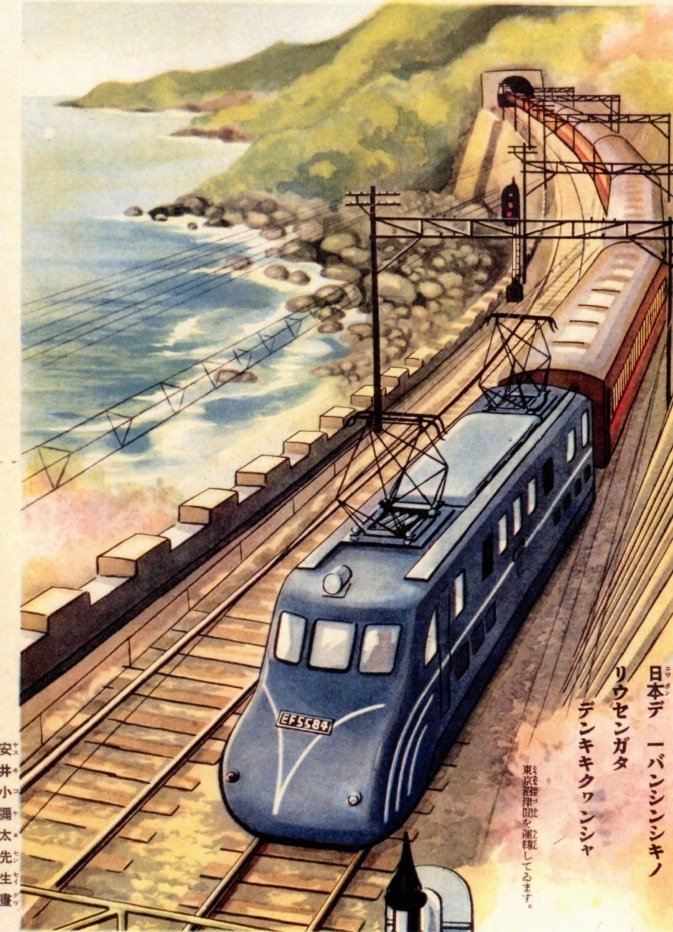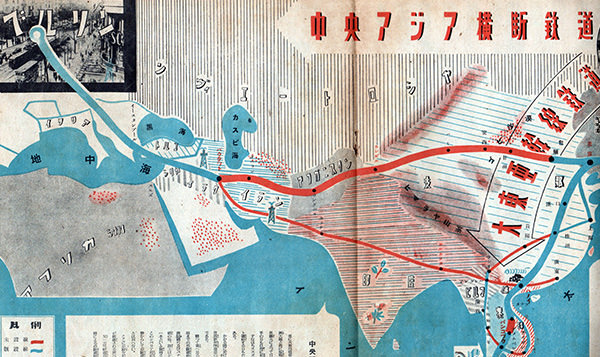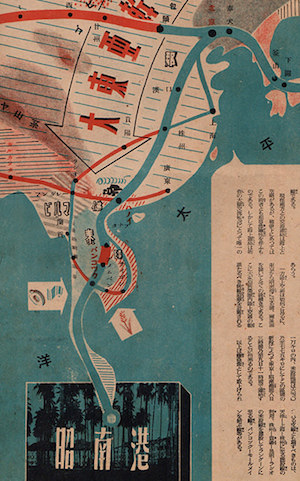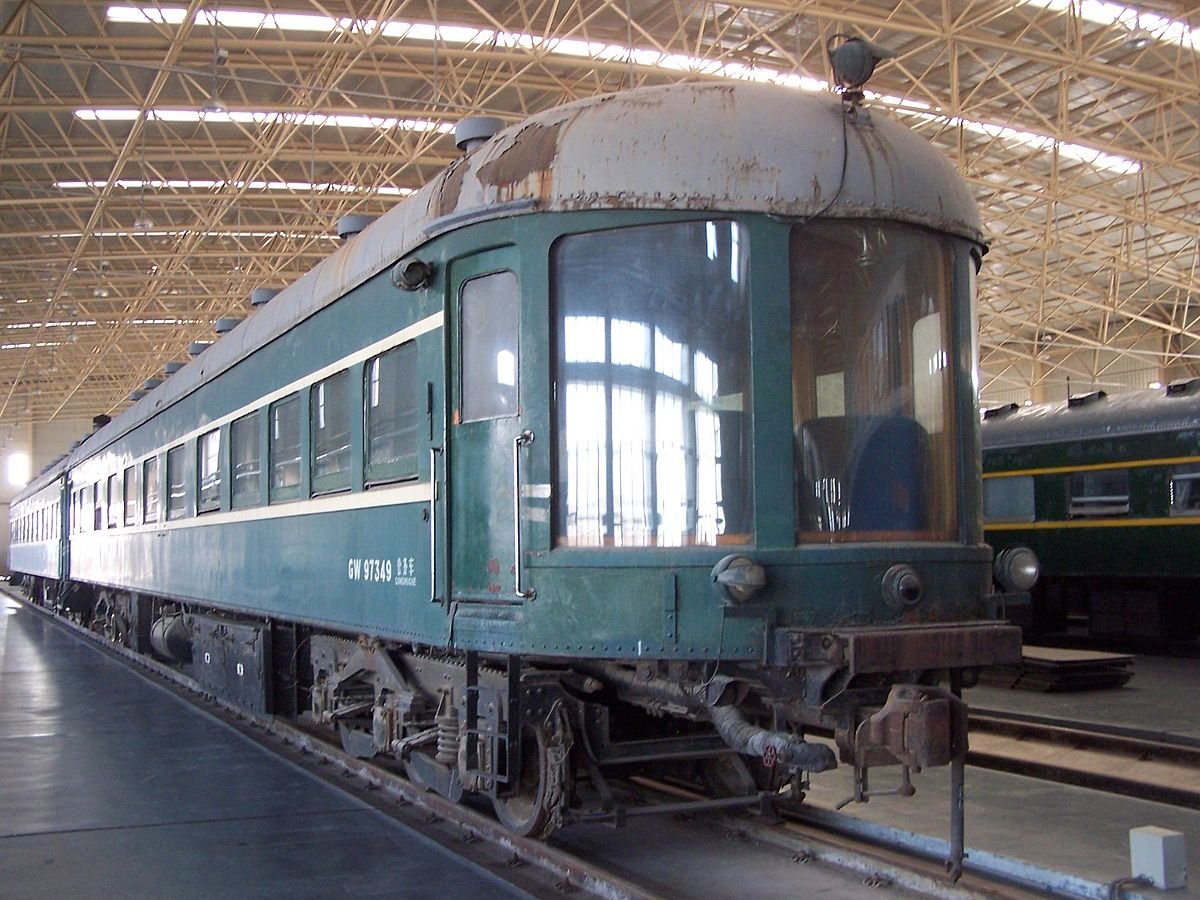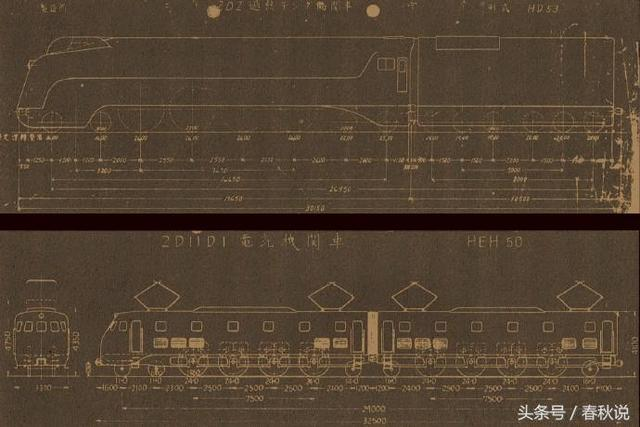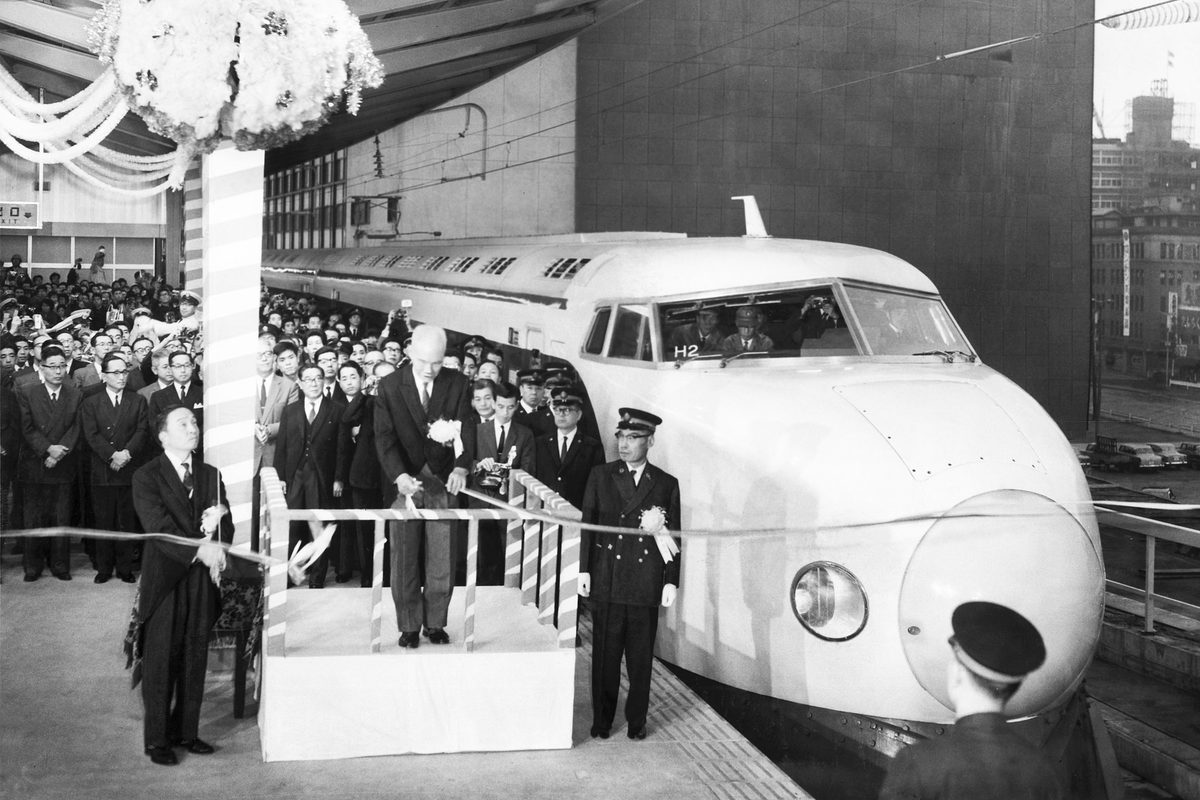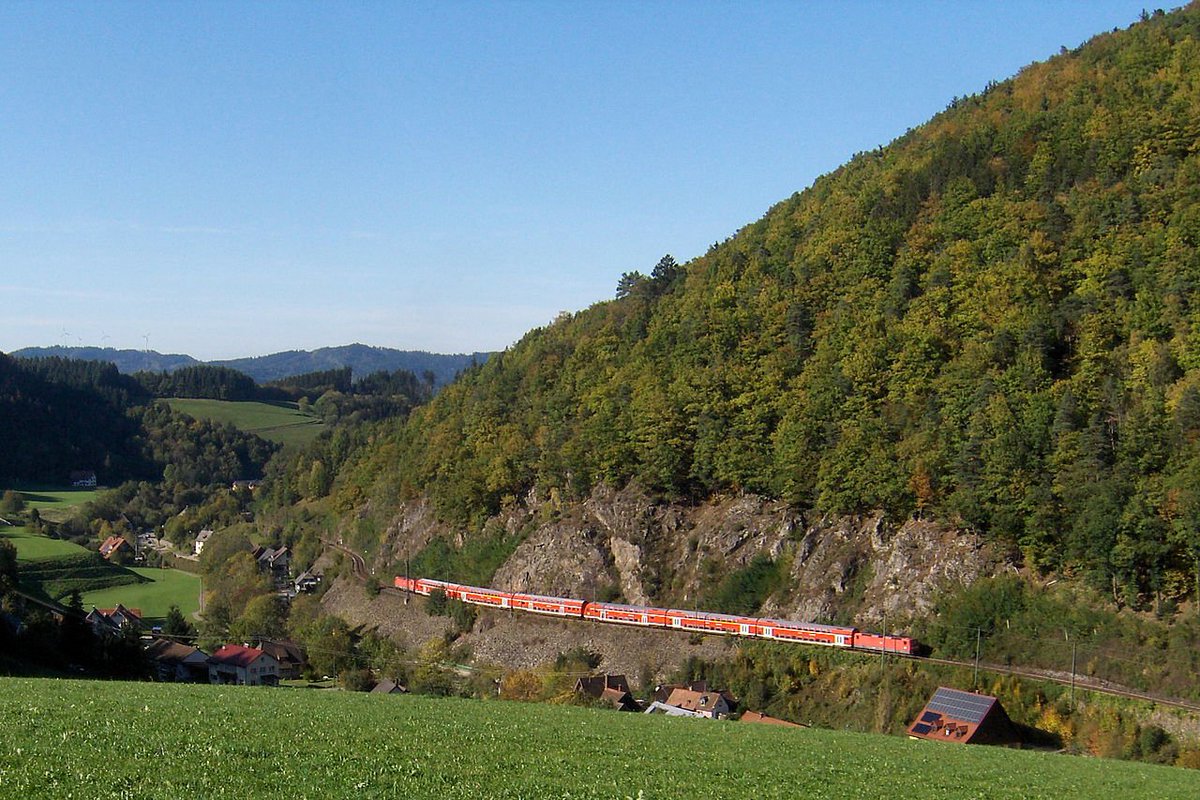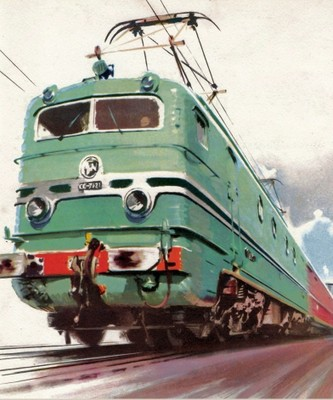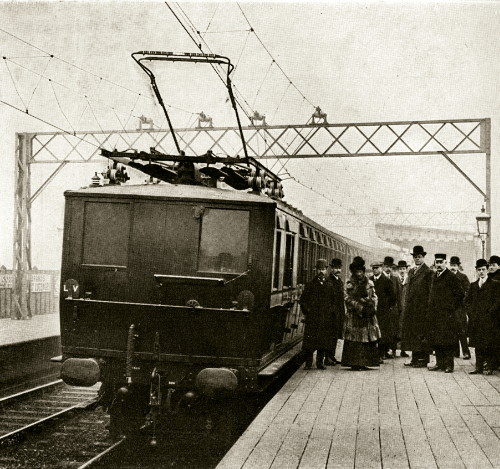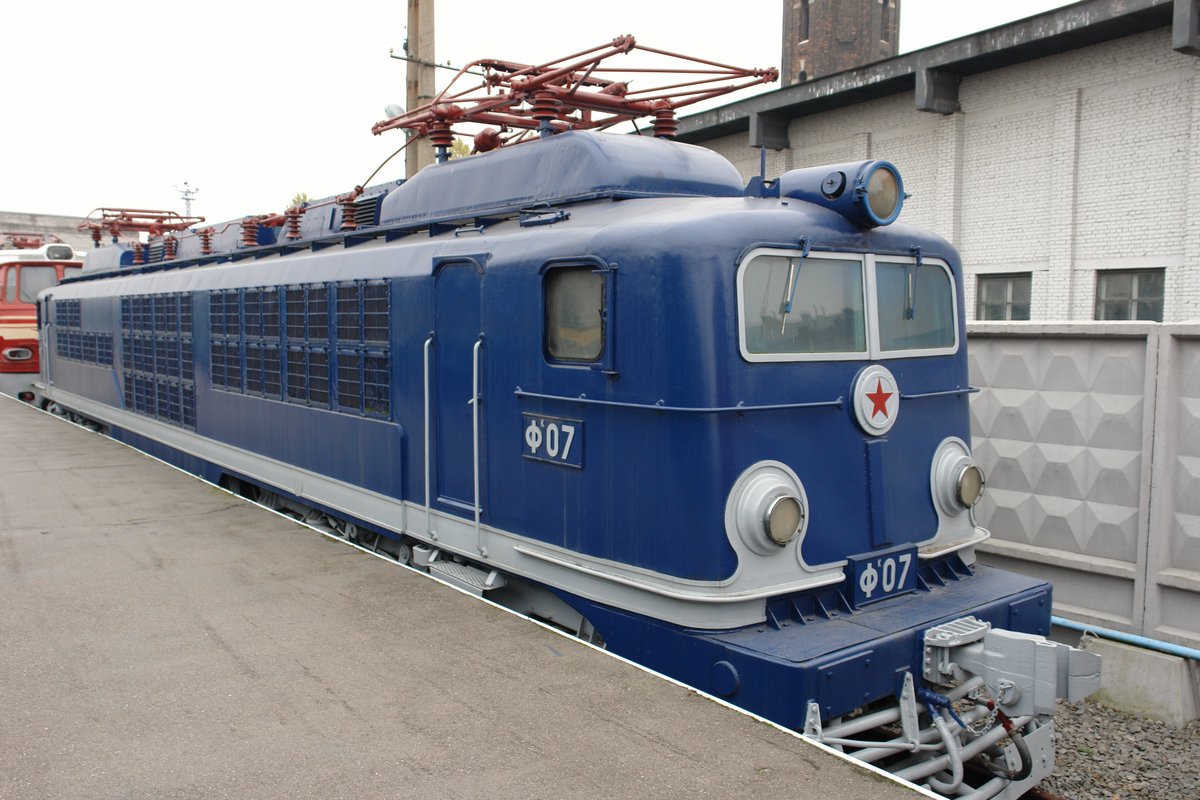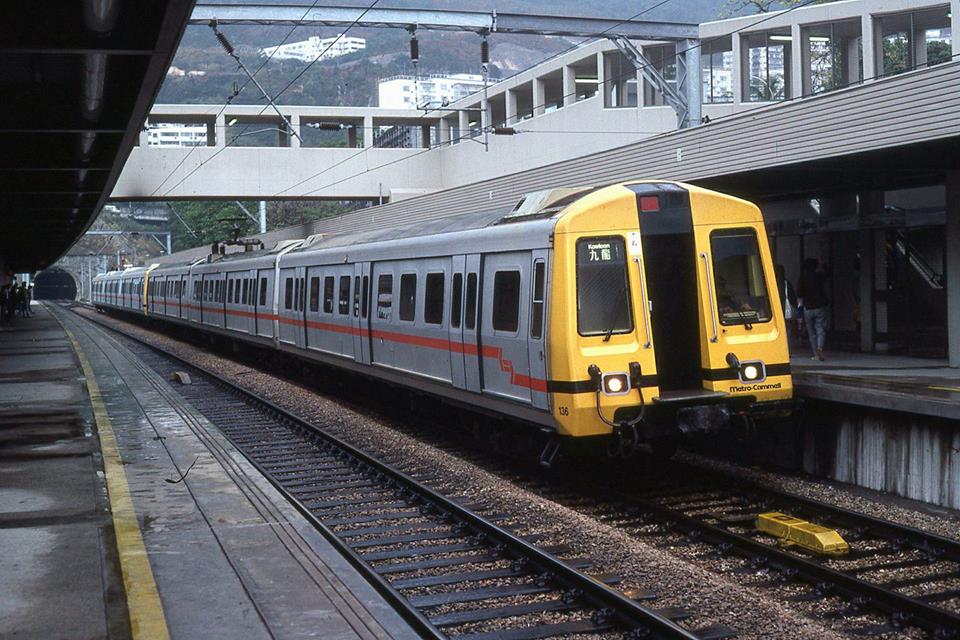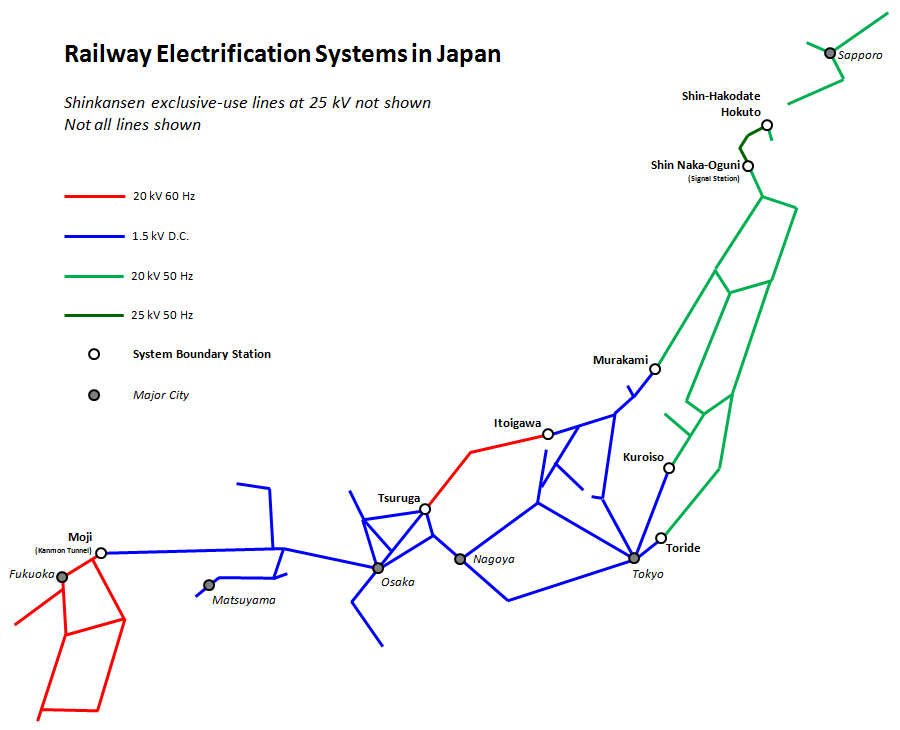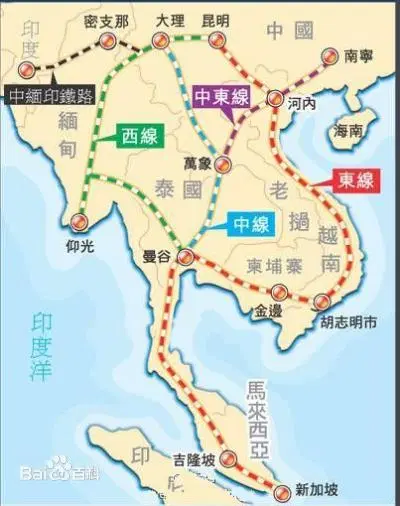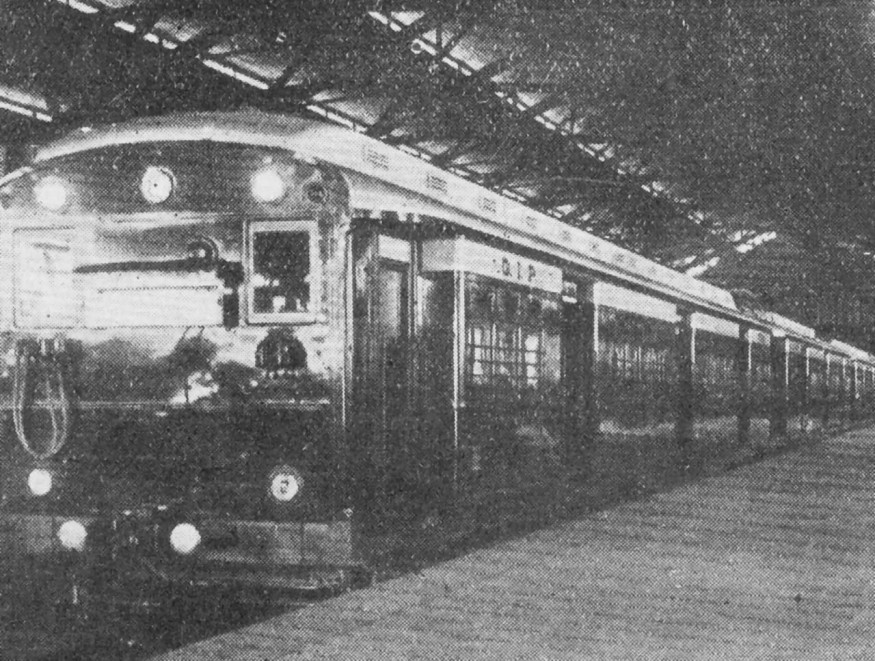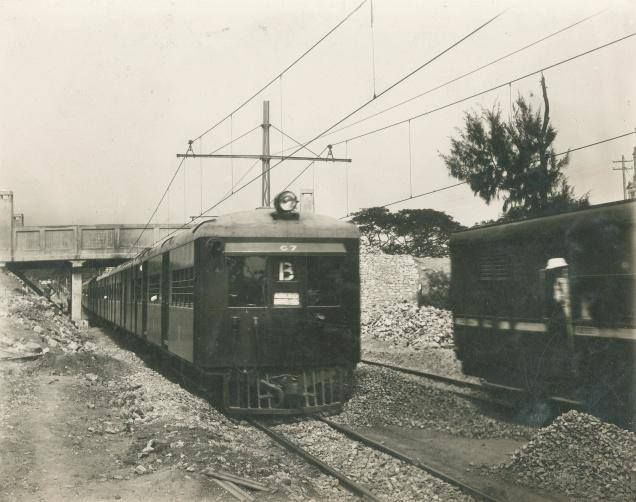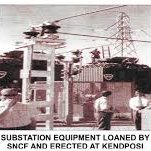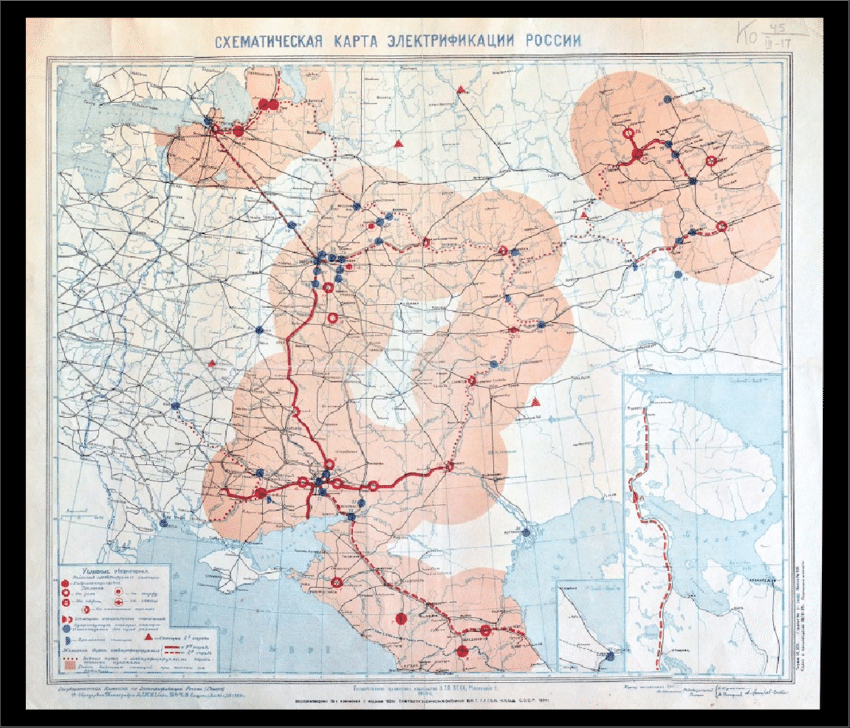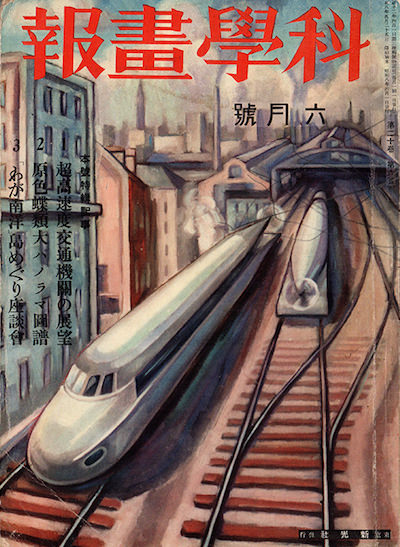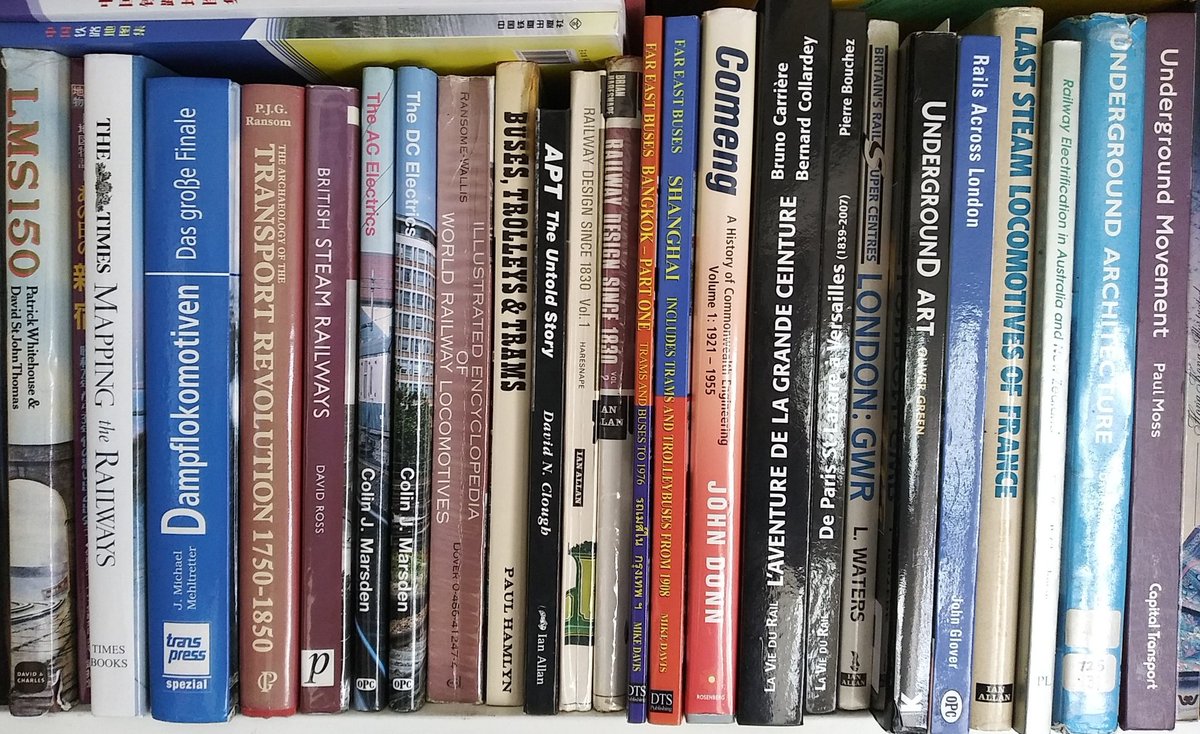The EF55 class locos, aka "Moomin", has mythical status in Japan. Built by Hitachi in 1936 for Tokaido expresses, they were the poster child of wartime high-tech Japan, and could be seen in a wide array of propaganda. Basis for proposed locos for Tokyo-Peking-Singapore services. https://twitter.com/tettd489/status/1318273821846110209">https://twitter.com/tettd489/...
2/ There were two competing proposals for the Great East Asian Transversal Railway. The 1939 proposal for a "Central Asian Transversal Railway" by S. Manchuria Rly engineer Yumoto Noboru revived themes from Nishihara Kamezo& #39;s 1918 works, for a line from Tokyo to Tehran and Europe
3/ Another plan was for a line down to Singapore, or even Batavia (Jakarta). As such it would have required two tunnels, between Shimonoseki and Pusan (surfacing briefly on the Tsushima Is.) and another between Malaya and Indonesia. Needless to say, it would have been electric.
4/ Needless to say really that the South Manchuria Railway was heavily involved, given its development of the 130km/h high-speed "Asia Express" for Dairen-Mukden-Hsinking-Harbin services, complete with air-conditioned carriages and a streamlined locomotive and end observation car
5/ What would the trains have looked like on the GEATR? The Army, afraid of attacks on the grid, preferred steam. They battled with Ministry of Railways which wanted electric traction. Proposed electric HEF50 class had speed of 210kmh; but steam was chosen for open-air sections.
6/ The GEATR project was probably a case of "Transnational Nazism". Germany was planning a network of 3-metre gauge lines into Russia. Japan& #39;s GEATR steam loco fleet appears to be based on the German largest and heaviest design, the 4-8-4 DRB Class 06 built by Krupp in 1939.
7/ Even more courageous, some in 1942 called for abandonment of conventional traction. Electrification at 3000v DC required substations every 20km - very costly. (Post-war railways used 25kv AC with one every 80km) Why not use electromagnetic linear motors, like some German guns?
8/ It was inspired by Hermann Kemper& #39;s 1920s designs for guns to destroy the Maginot Line. The trains would have run in a tube - an early Hyperloop.
London Underground as of 2020 is considering installing electromagnetic propulsion with linear motors: "non-levitational maglev"
London Underground as of 2020 is considering installing electromagnetic propulsion with linear motors: "non-levitational maglev"
7/ We know of course the ending of the story - Japan surrendered. SMR staff came back. The 25kv AC Shinkansen was built under Sogo Shinji, who first worked in the late-Meiji Ministry of Railways during the "Broad Gauge Debate", and saw to the bullet train& #39;s first service in 1964.
8/ Except, there is one twist. I talked about substation distances for 1500kv DC (10km), 3000v DC (20km) and 25kv 50Hz AC (80km)? Using high-tension AC is essential for speed and for cost management. How then, did the Shinkansen decide to use AC, when all of Japan used 1.5kv DC?
9/ The story started in late-40s French-occupied Germany, on the Black Forest Hollentalbahn. This line was electrified in 1936 using Hungarian tech - 20kv 50Hz AC. At the time high-speed electric traction was costly & rare; it used anything from 660v (UK) to 3kv DC (Belgium/USSR)
10/ The French army and the SNCF engineers quickly discovered the merits of the Nazi decision - how efficient and stable high-tension industrial freq. AC was, and trials started in France in 1951. In 1955 a high-speed trial was conducted and it smashed the world record at 331km/h
11/ British Rail had chosen 1.5kv DC, following the French 1930s example. Now the French changed tact! The high-speed test showed the future, and after a debate, 25kv AC was adopted in 1955. Yet this meant the new 1.5kv DC Manchester-Sheffield line was isolated & later abandoned
12/ Actually the UK was simply reverting to a path not chosen. During the Edison-Tesla war, each side had equipped large numbers of lines with DC/AC. London Brighton & South Coast, and the Midland Railway, both chosen 6600v AC in 1908-9. It was too radical, and low-v DC prevailed
13/ Japan and China were observing these developments. China quickly switched from Soviet 3kv DC to 25kv AC, and in the GLF, electrified the mountaineous Baoji-Chengdu Line. With its own under-performing, China ordered in 1960 from its future friend, France, the Alstom class 6Y2
14/ The class 6Y2 were in fact based on Alstom& #39;s F class designed for export to an equally-curious Soviet Union, which promptly also abandoned 3kv DC for 25kv AC for most new projects. By 1990 each current constituted half of the electrified mileage, carrying 60% of total traffic
15/ The Kowloon-Canton Railway from HK to Guangzhou crossed the Sino-British border at Shenzhen. As a result of the strange coincidence of late-1950s decisions between British Rail and Chinese People& #39;s Railways on voltage standard, from 1978-98 the line was electrified at 25kv AC
16/ This is how an almost-universal industrial standard, 25kv AC, was born. High-tension AC from 12kv to 25kv is now used for almost all high-speed railways. Without the 1940s French occupation of Hollentalbahn and this enormous transfer of tech, none of this would have happened.
17/ GEATR dreams are by no means dead. With the Belt & Road, a route going through railway-less Laos has been chosen. Cent. Asian corridor now sees huge consignments of freight. If the late-20th century was the era of the jet and car, the 21st century will be the age of the train
18/ Postscript - Before French AC, UK was exporting DC technology to its empire& #39;s railways. S. Africa used 3kv DC, and NZ/Aus and India used 1.5kv DC. The Great Ind. Peninsular Rly electrified its Bombay lines in 1925, used "Crocodile locos" (obvious) for the hilly Western Ghats
19/ The first line was Bombay Victoria-Kurla, Feb 1925. This used the first electric multiple units in India - with motors under carriages and sliding doors. In 1931 services began from Madras Beach-Tambaram. Thus was invented the Indian commuter train - an unmissable stereotype!
20/ In 1957, newly-independent Nehruvian India, seeking a way for rapid industrialisation, abandoned costly DC traction & adopted French 25kv AC. The Central Organisation for Railway Electrification @COREDGMPR promptly hired the French SNCF as advisors - shaking off UK influence
21/ Electrification is a major element of 20th C technological modernity. Like railways, it has always been a political affair, since Lenin& #39;s GOELRO plans. The spread of AC is a story that spans Cold War barriers, and which is symbolic of countries trying to overcome their past.
#NTiHor Hope my thread on the entanglements between Asian and European railway history could be of interest!
22/ One more German connection! Also mooted - the GEATR, an "Anti-Communist Railway" would use, not electrics, but petrol propeller trains like the Weimar German 1929 "Zeppelin Train", which has a Shinkansen-like front end. Health & Safety Inspectors would have died of a fit...
23/ I have, upon request, written a thread about the readings that I recommend with regard to these topics, including books that allow "step-free access" to railway political technical literature, and also nice rly albums and "what-if" histories. Enjoy!
https://twitter.com/ernestleungmt/status/1318960403750121472?s=19">https://twitter.com/ernestleu...
https://twitter.com/ernestleungmt/status/1318960403750121472?s=19">https://twitter.com/ernestleu...
24/ This is official - the latest development in the GEATR dream. "Developed for cross-border operation between China’s 1435 mm gauge and the 1520 mm gauge used in Russia/CIS. Potential Beijing – Moscow through service. Runs on different power supplies." https://www.railwaygazette.com/high-speed/crrc-unveils-gauge-changing-high-speed-train/57630.article?utm_source=RGInewsletter&utm_medium=email&utm_content=Main%20Story%20Link&utm_campaign=RGInewsletter-%2020201023">https://www.railwaygazette.com/high-spee...

 Read on Twitter
Read on Twitter